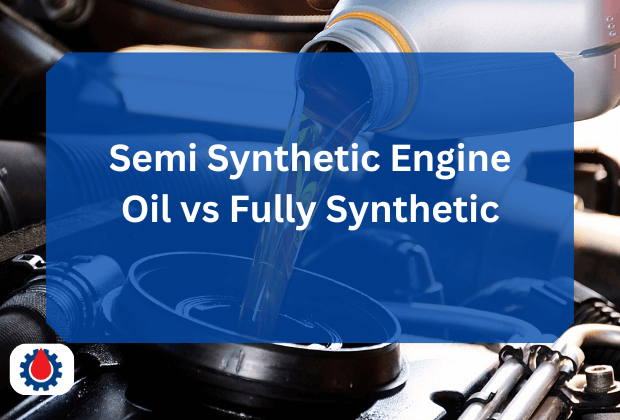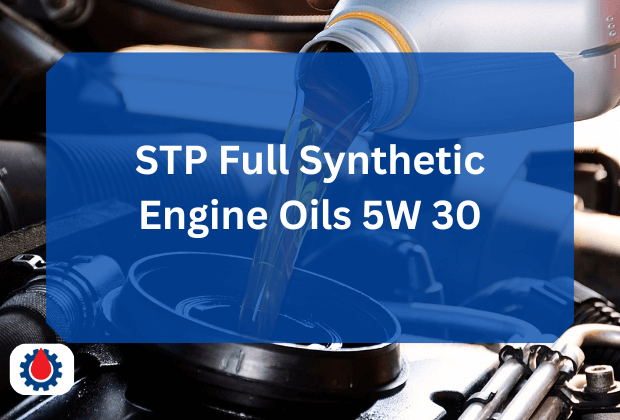Choosing the right engine oil isn’t just a maintenance task, it’s a safeguard for your engine’s health. With so many types, grades, and formulations available, understanding what oil your engine truly needs can be confusing.
This post guide simplifies everything with a complete engine oil recommendation chart tailored for 2025, helping you make an informed decision every time.
Engine Oil Recommendation Chart
| Oil Grade | Recommended Temperature Range | Best For |
|---|---|---|
| 0W-20 | -40°C to 20°C | Cold climates, fuel-efficient engines |
| 0W-30 | -40°C to 30°C | High-performance vehicles in cold zones |
| 5W-20 | -30°C to 25°C | Modern engines, city driving |
| 5W-30 | -30°C to 35°C | Most versatile, standard OEM choice |
| 10W-30 | -20°C to 40°C | Mild climates, light trucks |
| 10W-40 | -20°C to 45°C | Older engines, warmer areas |
| 15W-40 | -10°C to 50°C | Diesel trucks, heavy-duty use |
| 20W-50 | 0°C to 55°C | Racing engines, high heat conditions |
Related Engine Oil Viscosity Chart(Comprehensive Guide)
Recommended Oils for Specific Conditions
- Cold Weather (below -20°C): 0W-20 or 0W-30
- Hot Climate (above 35°C): 15W-40 or 20W-50
- Towing/Heavy Loads: 10W-40 or 15W-40 synthetic blends
Manufacturer Specifications and Approvals
Always check the vehicle owner’s manual for:
- API Certification: Look for “API SP” for gasoline engines or “CK-4” for diesel.
- OEM Approval: Like GM Dexos1 or BMW Longlife certifications.
SAE Viscosity Explained:
- W = Winter: Lower numbers mean better performance in cold.
- Second Number = Hot Temp Viscosity: Higher numbers mean the oil holds up better at high heat.
Related Engine Oil Equivalent Chart(Comprehensive Guide)
Factors Influencing Oil Recommendations
Before consulting any chart, consider these vital factors:
- Climate: Colder regions require oils with lower winter ratings (e.g., 0W-20).
- Engine Type: Turbocharged or high-performance engines often need synthetic oils.
- Driving Habits: Frequent short trips, heavy loads, or high-speed driving call for better oil durability.
Overview of Engine Oil Types
There are four primary types of engine oils:
| Oil Type | Change Interval (Miles) | Interval (Months) |
|---|---|---|
| Conventional | 3,000 – 5,000 | 3 – 6 |
| Synthetic Blend | 5,000 – 7,500 | 6 – 8 |
| Full Synthetic | 7,500 – 10,000 | 6 – 12 |
| High-Mileage Oils | Based on driving style | Check manual |
Related Dino Oil vs Synthetic Oil(Shocking Performance Differences)
How to Read an Engine Oil Chart
Oil recommendation charts match ambient temperatures to oil grades. Reading them correctly ensures you’re using a viscosity that performs optimally throughout the year.
- Cold Weather: Prioritize low W values (e.g., 0W-20)
- Hot Weather: Choose higher second numbers (e.g., 10W-40)
Impact of Wrong Engine Oil Selection
Using the wrong oil can lead to:
- Increased engine wear
- Thicker oil flow in winter
- Oil breakdown at high temps
- Poor fuel economy
Related Engine Oil Grades Chart(Grade A to Z Guide)
Signs You’re Using the Wrong Engine Oil
Watch for:
- Engine knocking or ticking
- Decreased performance
- Frequent oil top-ups
- Illuminated oil warning light
Engine Oil Change Intervals Based on Oil Type
| Oil Type | Change Interval (Miles) | Interval (Months) |
|---|---|---|
| Conventional | 3,000 – 5,000 | 3 – 6 |
| Synthetic Blend | 5,000 – 7,500 | 6 – 8 |
| Full Synthetic | 7,500 – 10,000 | 6 – 12 |
| High-Mileage Oils | Based on driving style | Check manual |
Related Engine Oil Temperature Chart(Complete Guide)
DIY Tips for Checking and Changing Engine Oil
Tools Needed:
- Oil filter wrench
- Funnel
- Jack and Jack stands
- Socket set
Steps:
- Warm the engine
- Lift and secure the vehicle
- Drain old oil
- Replace the oil filter
- Refill with the recommended grade
Synthetic vs Conventional Oil
| Feature | Synthetic Oil | Conventional Oil |
|---|---|---|
| Performance | High temp + cold start | Limited temp resilience |
| Oil Life | 7,500+ miles | 3,000–5,000 miles |
| Cost | Higher upfront | Lower upfront |
| Engine Cleanliness | Superior detergent base | More sludge over time |
How Seasonal Changes Affect Oil Viscosity Needs
- Winter: Use low “W” grades like 0W or 5W.
- Summer: Use oils with a higher second number like 10W-40 or 15W-50.
Related Engine Oil Classification Chart(Complete Guide)
Vehicle Type-Based Oil Recommendations
- Passenger Cars: 5W-30, 0W-20 (OEM preferred)
- Diesel Trucks: 15W-40, 5W-40 synthetic
- Motorcycles: 10W-40 motorcycle-rated
- Hybrids: 0W-20 or synthetic 5W-30
Role of Additives in Engine Oil Performance
Modern oils contain:
- Detergents: Prevent deposits
- Anti-Wear Agents: Protect metal surfaces
- Dispersants: Keep the sludge suspended
Final words
Your engine’s performance and longevity rely on the right oil choice. Whether you’re braving cold winters, hauling heavy loads, or cruising in high heat, refer back to the engine oil recommendation chart to ensure the correct grade and type every time.




